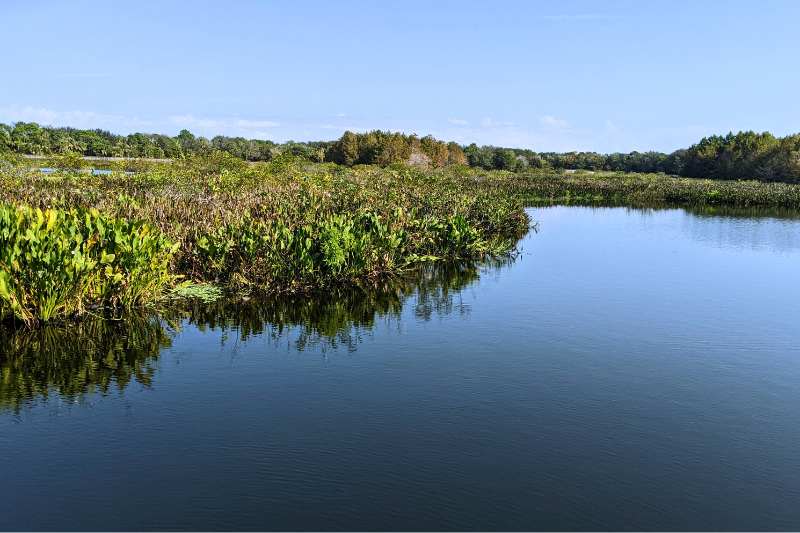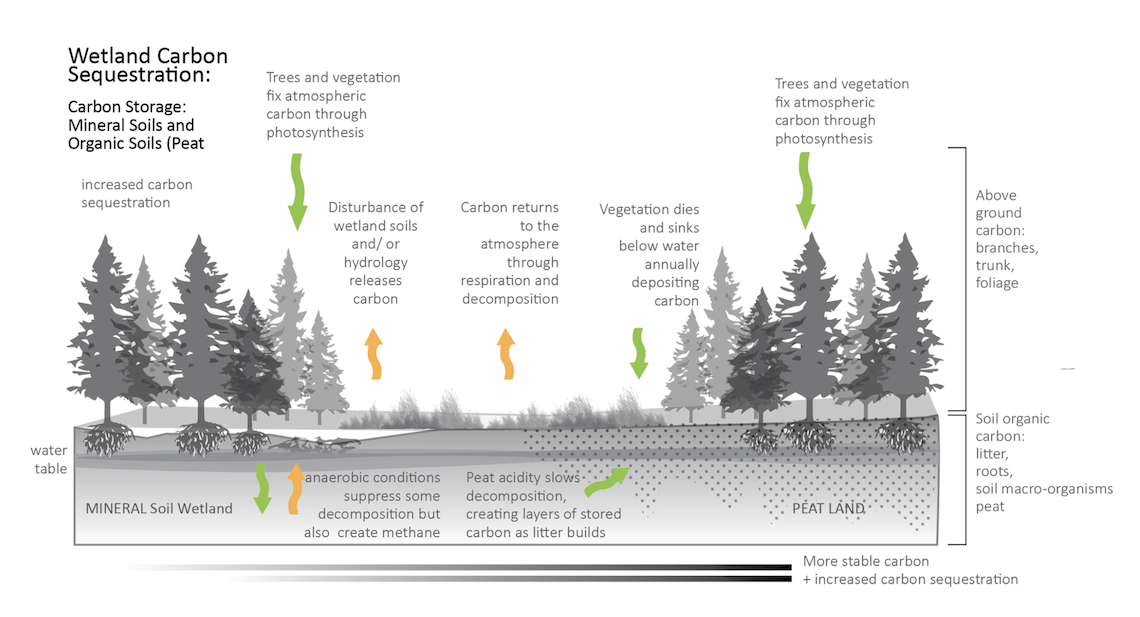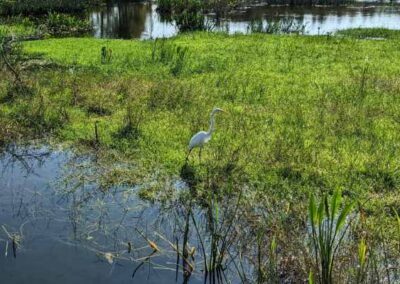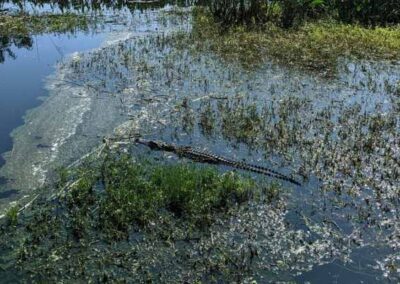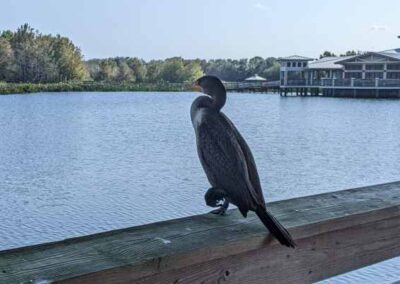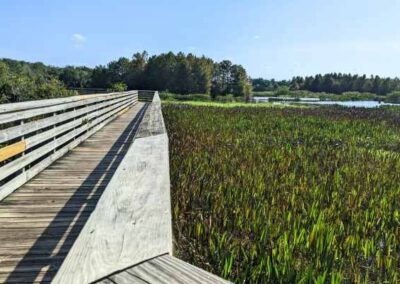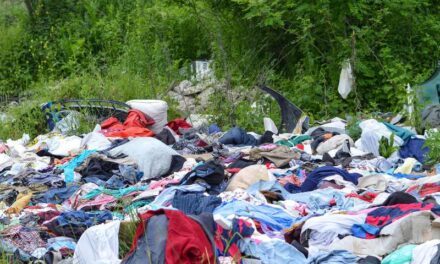Carbon sinks are naturally occurring or artificially created reservoirs that absorb more carbon-based compounds than they release.
Sinks are a vital component in combating greenhouse gases. They absorb carbon dioxide, trapping it into the biomass of the environment, a process known as biological carbon sequestration.
The world’s greatest carbon sinks are found in Earth’s oceans, forests, and grasslands. But there’s another important and unique carbon sink found right here in my backyard – the Florida Everglades – and it’s in trouble.
The Florida Everglades is one of the largest subtropical wetlands on the planet.
It once stretched 60 miles wide and 100 miles long. A dappled collection of ponds, sawgrass marshes, mangrove forests, and hardwood hammocks, they became collectively known as the “river of grass.” This shallow, slow-flowing river begins at the Kissimmee River, flows to Lake Okeechobee, and then seeps down to the Florida Keys.
Initially seen as a waste of land by developers, efforts began in the late 1800s to drain the Everglades. They dug an intricate series of canals, converting large tracts of land for agricultural and developmental use. A railroad system was constructed, and as more and more people flocked to the coastal area, more and more roads, bridges, and canals were built. This resulted in significant damage to the natural ecosystem that had been in place for thousands of years. As the Everglades slowly diminished in breadth, less carbon sequestration occurred. The natural carbon sink slowly became less effective.
The Everglades as a Carbon Sink
Carbon sequestration occurs differently depending on the ecosystem. So what makes the Everglades an effective carbon sink, and how does it work?
Mangrove forests, sawgrass, and other wetland plants excel at capturing carbon dioxide through photosynthesis and storing it deep in the root systems underwater. Carbon gets locked securely underwater and in the soil bank. Wetland plants also harbor sediment from decaying plants and animals. Due to the particularly wet nature of the Everglades, microbes decompose at a slower rate. This allows the carbon-rich peat soil to absorb large quantities of carbon and prevent it from being released into the atmosphere during decomposition.
According to the Everglades Foundation, “The peat in the Everglades isn’t just a stockpile, it’s a goldmine made up of 30 to 45% carbon. In the Water Conservation Areas, for example, the peat soils have carbon stocks equivalent to 70 million homes’ energy consumption for a year. The mangrove forests along the coast are another profitable account, sequestering and storing lucrative amounts of carbon valued at nearly $3 billion.” That’s huge for mitigating carbon emissions!
Source: The Everglades Foundation
Unfortunately, the Everglades continues to shrink.
There are many factors that have diminished the effectiveness of the Florida Everglades. Pollution, a reduction in available fresh water, and diminishing native wildlife (who are thwarted by climate changes and invasive species, such as the human-introduced Burmese python) are partly to blame. But the most significant factor is the continued drainage and land development by humans. As drainage occurs and peat soil is exposed to air, it becomes dry, decomposes, and eventually blows away. This process reintroduces carbon back into the atmosphere. Mangroves continue to be threatened by rising sea levels and artificial flood control systems.
Failure to protect and restore the Florida Everglades may have a catastrophic effect on the environment: not only would the Everglades become less able to absorb new carbon, but dry peat soil would actually release more previously-stored carbon into the environment. If this should occur, it would only compound the effects of global warming.
A great egret stalks for food
Great egrets eat fish, frogs, and other small aquatic creatures, waiting patiently for unsuspecting prey and then quickly spearing them with their long bill.
An alligator suns himself
Fun Fact: the Florida Everglades is the only place in the world where alligators and crocodiles coexist!
A double crested cormorant rests
Along the boardwalk at Green Cay Nature Center. Green Cay is one of Palm Beach County’s newest nature center facilities, which overlooks 100 acres of constructed wetlands.
Hope on the Horizon
Today, over half of the original Everglades expanse has been lost, and native wildlife has greatly diminished. However, thanks to the Friends of the Everglades, founded in 1969 by journalist and activist Marjory Stoneman Douglas, and other groups like The Everglades Foundation, efforts have been made to protect and restore the Florida Everglades. These foundations are passionate about influencing political discourse, supporting scientific research, and spreading awareness through education. The Everglades Foundation provides free learning materials to the public and to school districts to support new generations of advocates.
So now you know a little more about the carbon sink in my backyard. What natural wonders are in yours?
OPL Content Contributor and Editor

